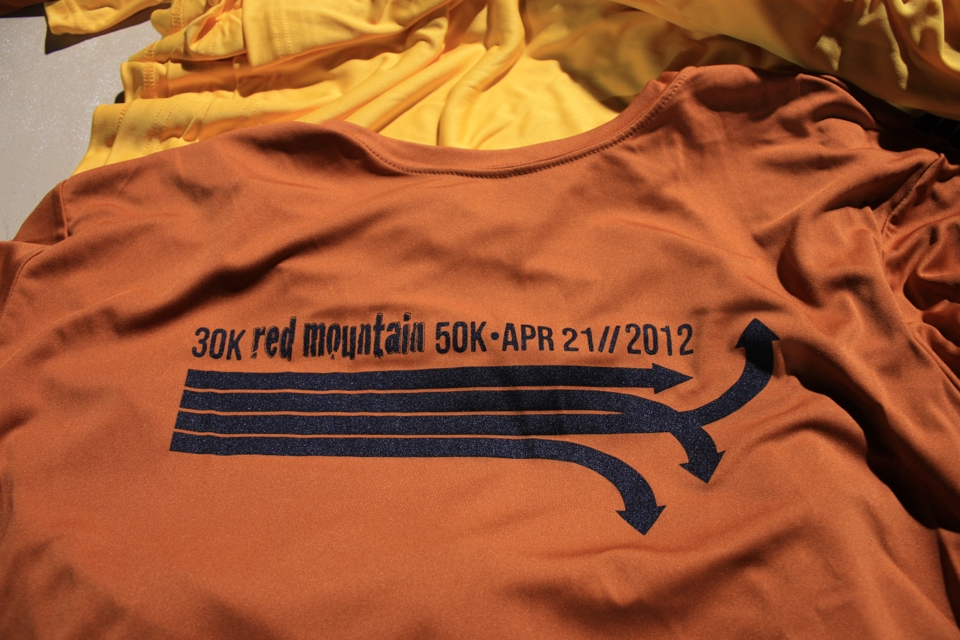I am often asked why it is I run so much and how I manage to fit it in with so many responsibilities as a mother with three small children. I usually reply with a simple statement, “It is my medicine,” and leave it at that. Truth be told, it is so much more than that for me. Trail running has become a respite from the world. It has helped me pull myself together and prepare for my day. It has helped me keep my cool with my children, husband, and co-workers. For a woman who has suffered from moderate to sever depression and anxiety for nearly 20 years, I have found that there has been no better way to cope than through trail running.
According to co-author of “Exercise for Mood and Anxiety: Proven Strategies for Overcoming Depression and Enhancing Well-being,” exercise not only help treat anxiety, but can prevent anxiety and the development of panic disorder. Along with that, there have been countless other studies showing the correlation between exercise and enhanced mood, increased self-esteem, and improved overall satisfaction with life. Several studies have even shown that green exercise – activity done in the presence of nature – leads not only to positive short-term but also long-term health benefits. These benefits are achieved sooner and last longer than similar activities done indoors and in urban settings.
As trail runners, none of this is news. However, according to The Third National Health and Nutrition Examination Survey and the Center for Disease Control and Prevention, as many as 25% of Americans engage in no leisure-time physical activity at all. So…even knowing it’s so good for you, why is it so hard to do?
Many of us, especially those who may be suffering from mood disorders, still find it difficult to get out and run. Here are 5 things that can help us stay motivated to take to the trails even while suffering from feelings of sadness, hopelessness, and anxiety.
FIND OUT WHAT YOU LOVE DOING
Do you prefer running alone or with friends? Do you like nice rolling hills or would you prefer running to the tops of peaks? Do you prefer short distances or can you run for hours? Understanding what you enjoy is key. If you are out there trying to bag a peak and you are miserable while taking every step, explore other trails that might be more suited to your tastes. When you can do something you enjoy, it is much easier to get out and go.
SET REASONABLE GOALS
Often, in the midst of depression, the idea of getting out to run 5 miles every day can be an overwhelming task. Start small. The Interdisciplinary Centre for Environment and Society at the University of Essex, says that as little as 5 minutes in the outdoors can improve your mood all day long. Once you’re ready for more than those 5 minutes to keep you motivated, then sign up for that 10K or half marathon.
DON’T ALLOW YOUR RUNNING TO BE ANOTHER “TO DO”
Think of your running more as a therapy session, a time to meditate, and a time to gather your thoughts and less of a chore. When it is thought of as an escape, rather than something you have to check off your list, you’ll find it much easier to do.
IDENTIFY YOUR BARRIERS
It is important to understand WHAT is keeping you from running. If you work during the day, schedule runs in the morning or evening. If you don’t feel comfortable going alone, find a friend who will tag along. Take the time to find workable solutions to whats holding you back.
DO NOT GET DISCOURAGED
Be prepared for setbacks and obstacles. Don’t think that because you couldn’t get out today, you might as well quit all together. There is always tomorrow. Injuries may be incurred so find an alternative source of exercise to keep you moving: biking, swimming, rowing, walking or hiking. If you are limited in your physical abilities, find away to sit under a tree, or near a lake, or somewhere with a killer view.
Good mental health is achieved as we find ways to cope with stress in adversity, become satisfied with ourselves and our lives, and maintain our physical fitness. Getting out into nature is a proven method for improving our well being. Running can be a great tool for coping with depression. If you are struggling from depression or another mood disorder, please consult a doctor and find a method of treatment that works best for you.
There is hope.




















Thank you for this, very applicable to all of us, especially to those of us like myself who are constantly pushing to be better with training and sometimes miss taking in the greatness of nature.